After living 55 years in Santa Barbara and Montecito, I moved to Washington DC in 2000 to get back into journalism. I have now been a Congressional correspondent for 20 years, covering immigration and higher education in the U.S. Congress. I’ve written three books on how our immigration laws (and therefore immigration law enforcement) has evolved.
I find having some historical perspective really helps calm the exasperation and bewilderment that rapidly moving events impose. I know many Santa Barbarans are flummoxed, even upset and angry, about the sudden appearance of ICE immigration enforcement agents in well-known local working and gathering places of immigrants. It has resulted in the detention and threats of immediate deportation of dozens of people, some of whom have been here for years. How did we get to this – some call it a police state?
The simple answer is because times and conditions change. Laws are discretionary. What is tolerated in one era often changes in another. This is especially true about immigration enforcement.
There actually were no national immigration laws in the U.S. (and therefore no immigration enforcement rules and agencies) until the 1880s. After the civil war, the INS (the U.S. Immigration and Naturalization Services agency) as well as a central port of entry on Ellis Island in New York harbor were established. In 1924 Congress passed a comprehensive immigration act based on nationality quotas. In 1965 Congress passed the most liberal immigration law in the world, driven by civil rights and the Holocaust: the Immigration and Nationality Act of 1965. All these laws specified differences between lawful and unlawful immigration. But to cross the border illegally – the first time – was only considered a misdemeanor. Over-staying an expired visa inadvertently – a civil violation.
In the1980s, as the numbers of illegal immigrants approached one million, tensions were building. Schools, hospitals, and social services were feeling the strain (including in Santa Barbara). The numbers increased after the U.S. Supreme Court declared that immigration status could not be used to decline K-12 school and emergency medical services to anyone in the U.S.
In 1986, Congress passed an amnesty for all who had entered the US illegally before 1984 (estimated at 1 million, in fact over 3 million got it). The tradeoff was that law also made it illegal for employers to hire workers without legal work permits. Overstaying legal visas, knowingly using false documents, being convicted of crimes from burglaries on up, and especially ignoring court appearance and deportation orders, were to be considered deportable offenses.
But there was no agency charged to enforce these regulations. INS claimed enforcement wasn’t part of its mission. The tension between immigration services and the need for enforcement was growing, along with the numbers of millions of immigrants (about 11.1 million) who found they could enter the U.S. illegally and stay on expired legal vias with impunity.
Then the terrorist attack on the United States happened on September 11, 2001. It was carried out by several teams of foreign nationals including unvetted foreign students.
Suddenly the focus of immigration management became national security. An entire new agency, congressional committees, and a new presidential cabinet secretary position was created: the Department of Homeland Security. It combined 22 existing national security agencies from cyber security and emergency relief to the Coast Guard. The CBP remained to control the border.
The INS was dissolved and in its place were two new bureaus to handle the conflicting roles of immigration: Customs and Immigration Services (CIS) and the U.S. Immigration and Customs Enforcement (ICE) – the first agency ever in U.S. history charged with enforcing immigration laws inside the US including expired temporary permits and employer violations.
That 9/11 brought about the creation of ICE and other enhanced immigration enforcement measures is understandable – especially the digital foreign student and exchange visitor information system (SEVIS) connected to the FBI and ICE that UCSB and all U..S. colleges are now required to use. When the surge of unvetted border crossers from 2022-24 increased the number of illegal immigrants living in the U.S. to over 17 million, American voters agreed that the new president should end illegal immigration. But most Americans did not realize that included many of the house cleaners, gardeners, and neighbors they all esteem.
Now it’s up to Congress.
•••
Two books on immigration by Margaret Orchowskj are available on Amazon:
“The Law That Changed the Face of America: The Immigration and Nationality Act of 1965“ -- the story of the most liberal immigration law in the world and how it made the United States the most successful Nation of Immigrants in history. And
“The Five Things Everyone Should Know About Immigration: confronting confusion” a 60-page reporters’ notebook-style book about immigration’s basic facts including who is an immigrant? What is the major differences between asylees and refugees? Why have immigration laws? Why ICE?
Community Calendar:
Seize Your Chance to Make a Difference!
We need 100 volunteers to reach 300 homes in Santa Barbara County by Nov 6th to distribute literature for the Special Election. Urge Registered Republicans to vote NO on Prop 50 to stop gerrymandering and protect fair elections!
Call Barbara at 805-895-5545 to RSVP and learn more.
Training: Sat, Sept 27, 9:00-10:30 AM
55S La Cumbre St, Suite 4
Your moment to act is NOW!
Got a Santa Barbara event for our community calendar? Fenkner@sbcurrent.com


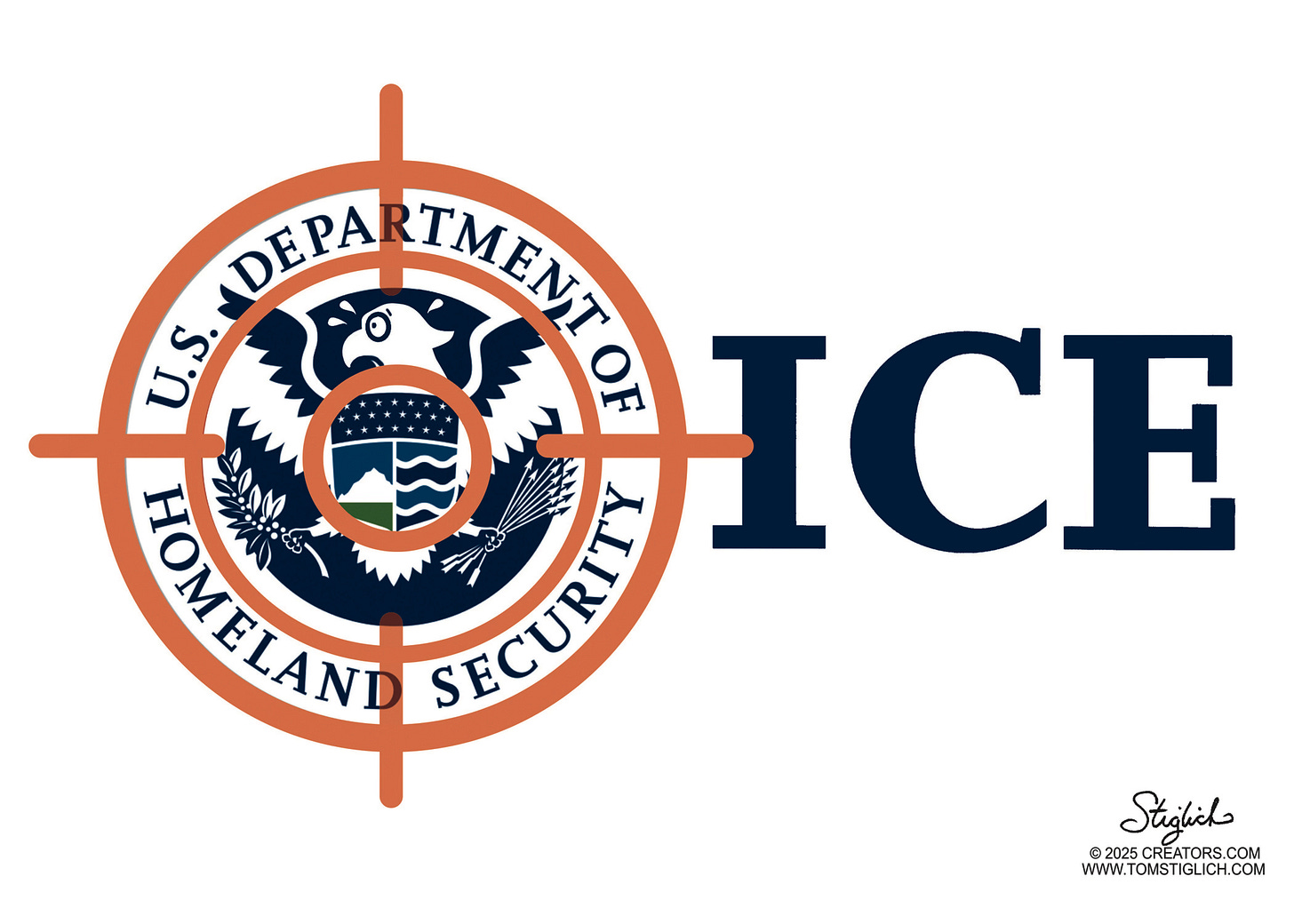
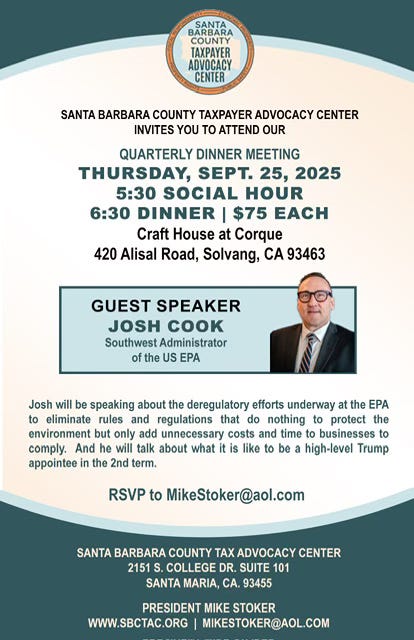
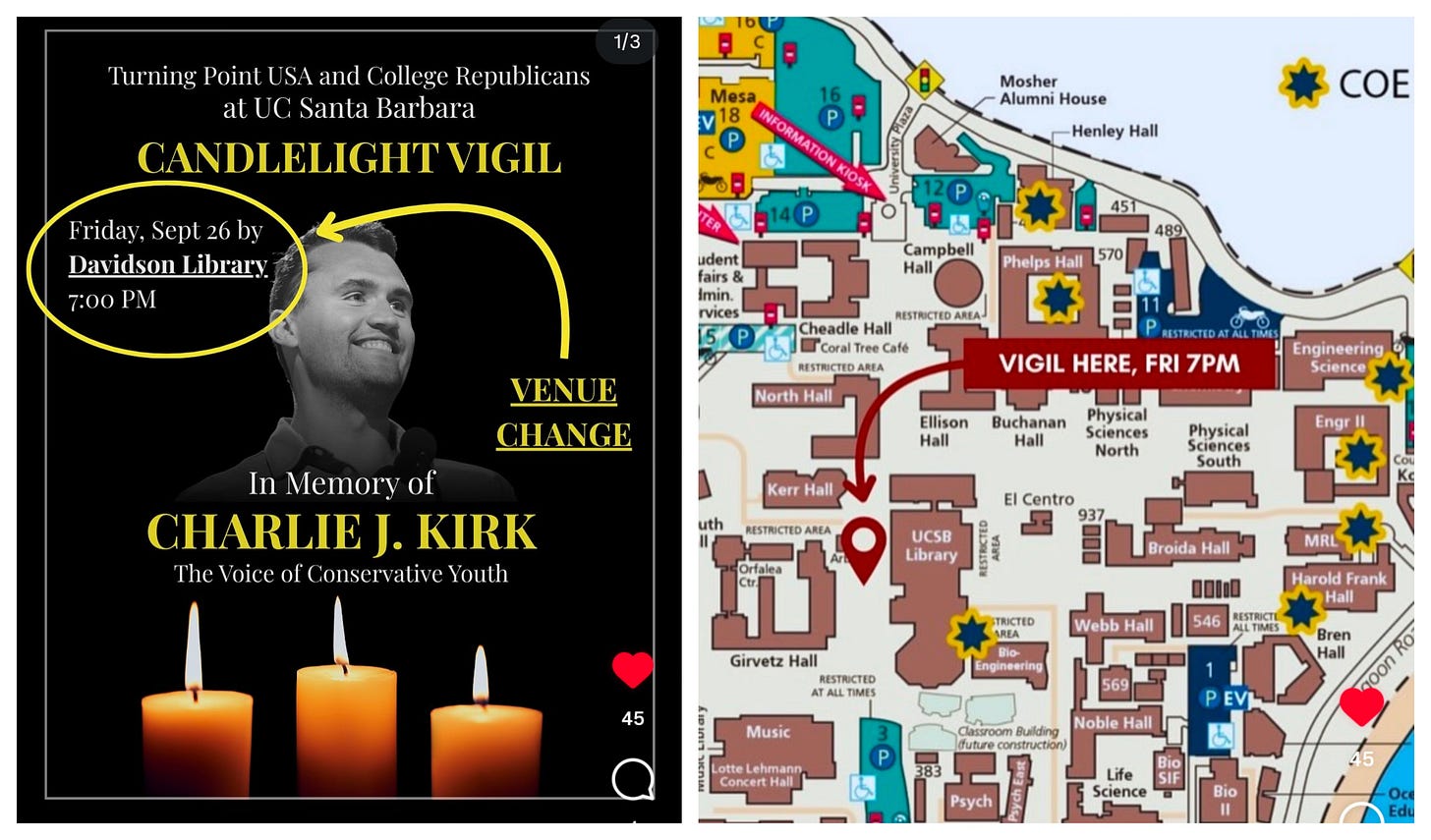
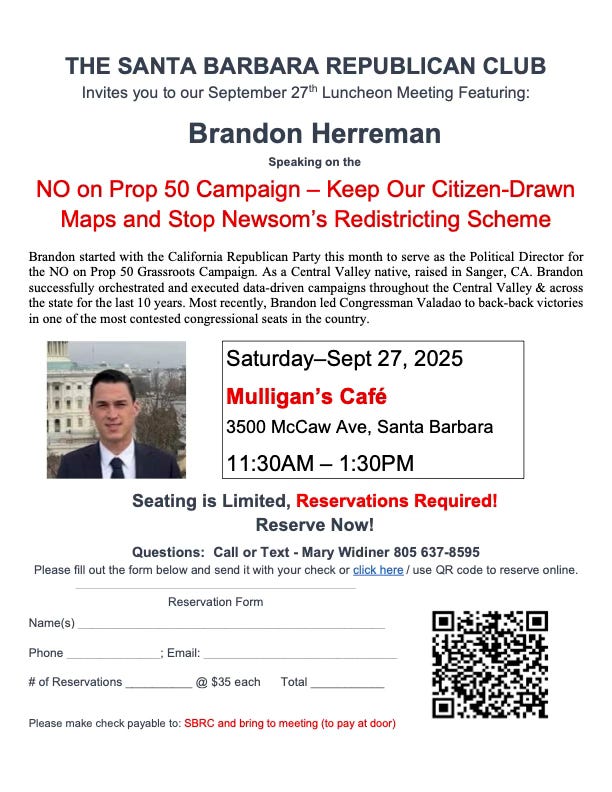


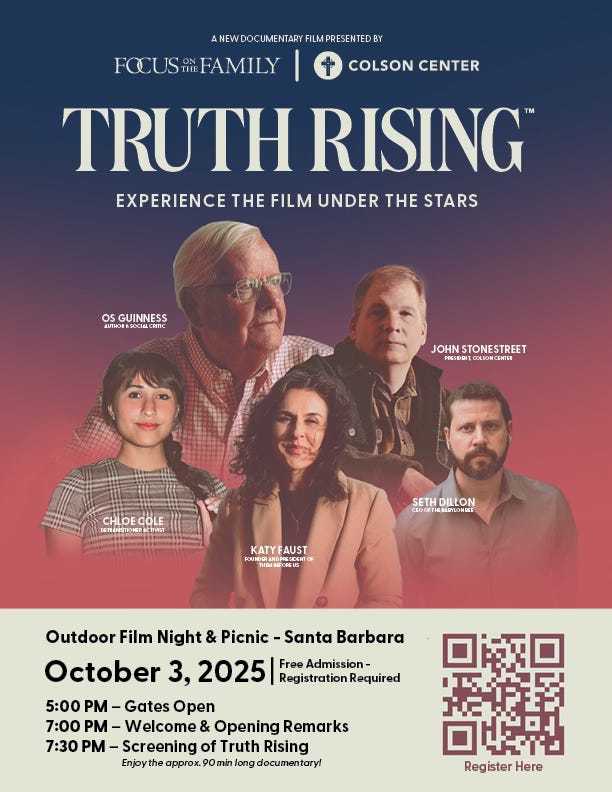
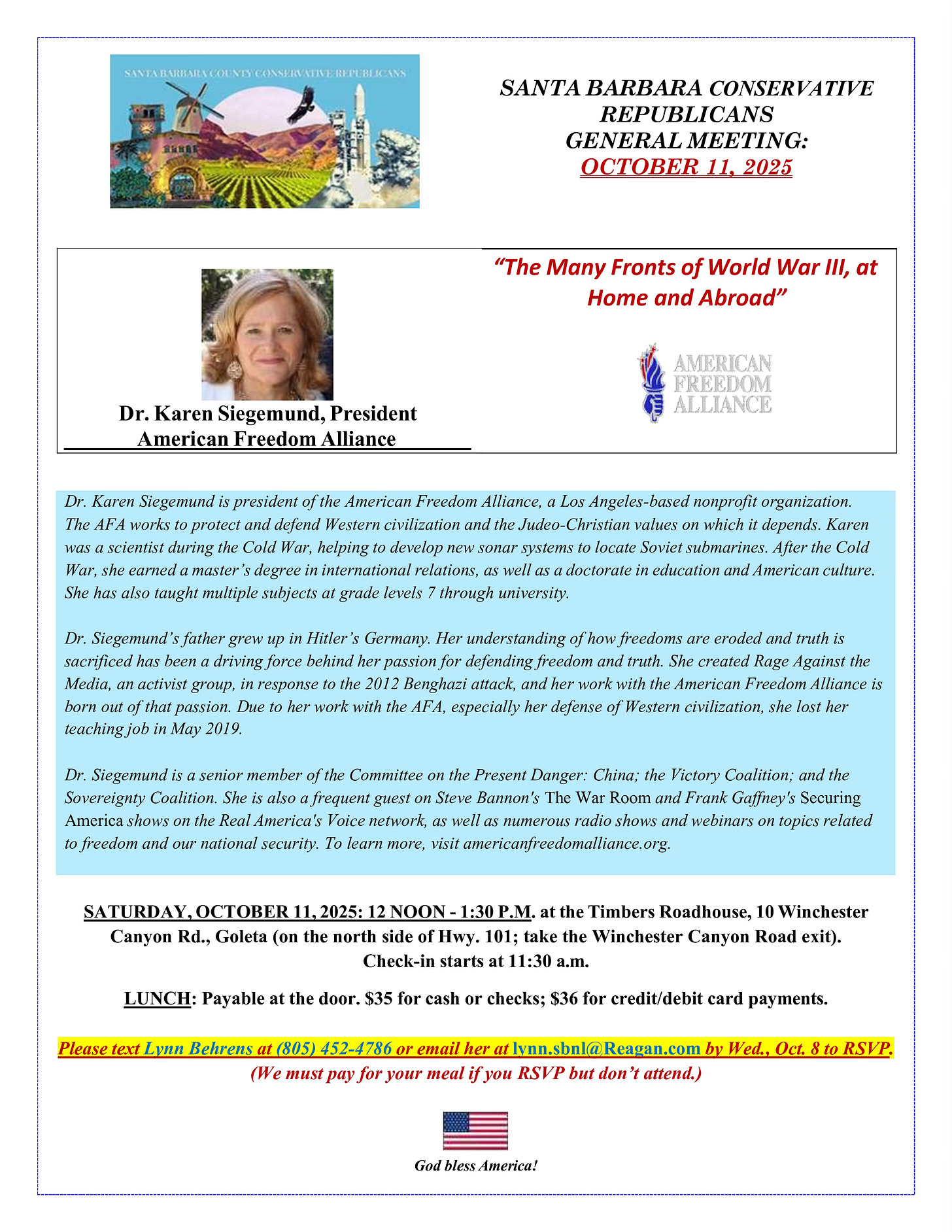
Excellent, but I could give this to my hysterical anti-ICE friends here and they wouldn't absorb your historical facts. They'd turn it into a battle for human rights they are waging against the fascists. Unfortunately, many people only learn what suits their brainwashed minds.
Well done and well said. Context and history matter so thank you for so clearly outlining how we have gotten to where we are—great article! And, yes, I will be ordering your book :))